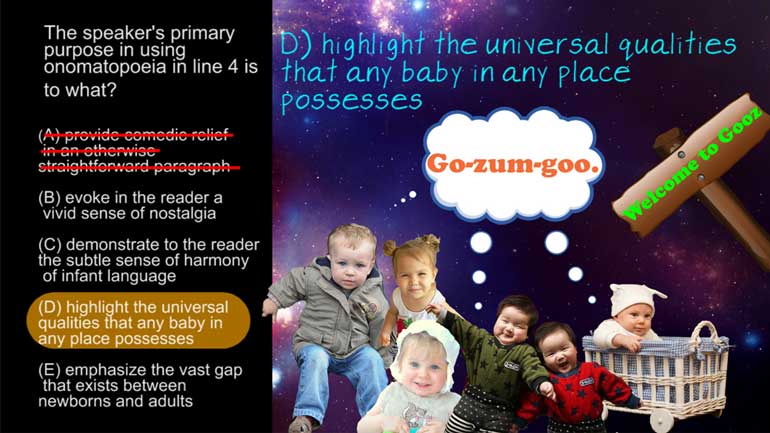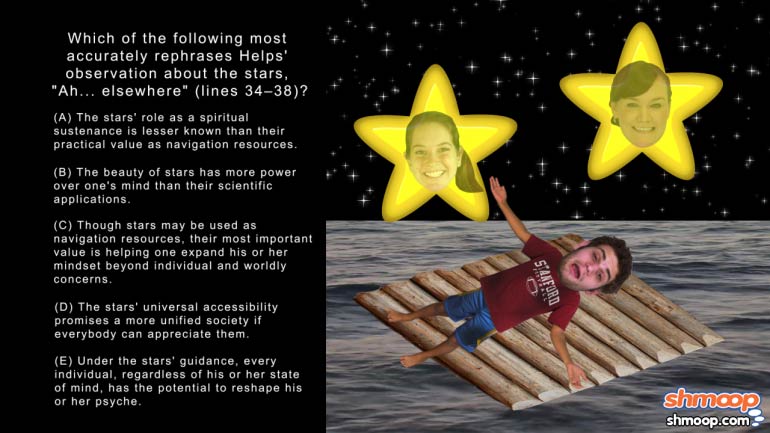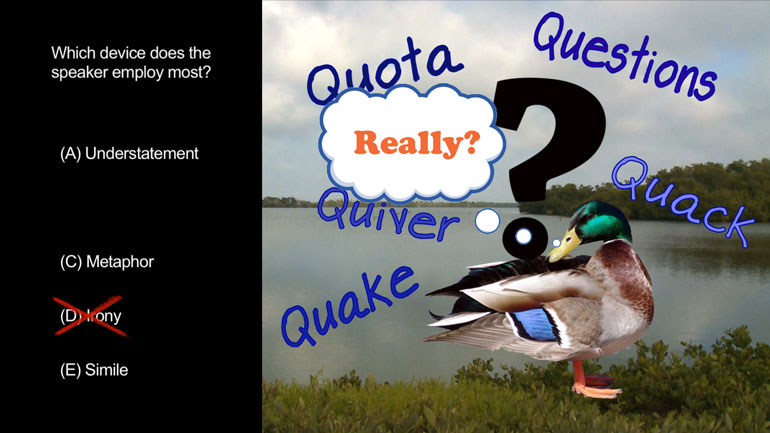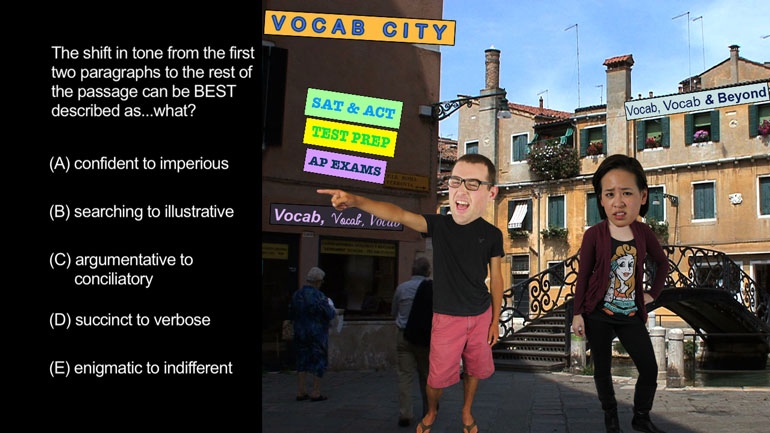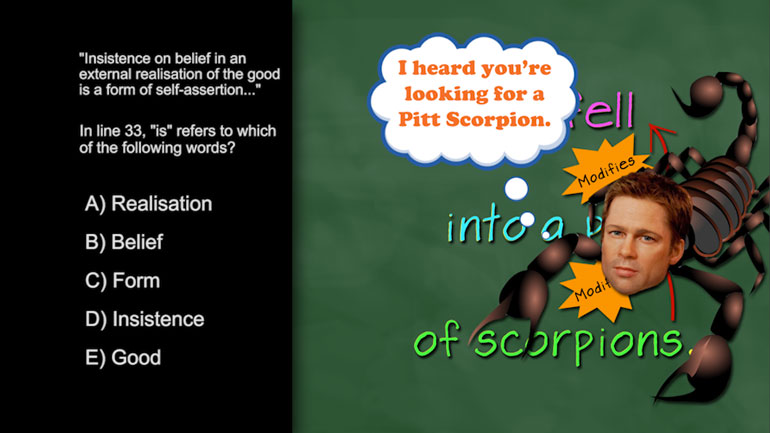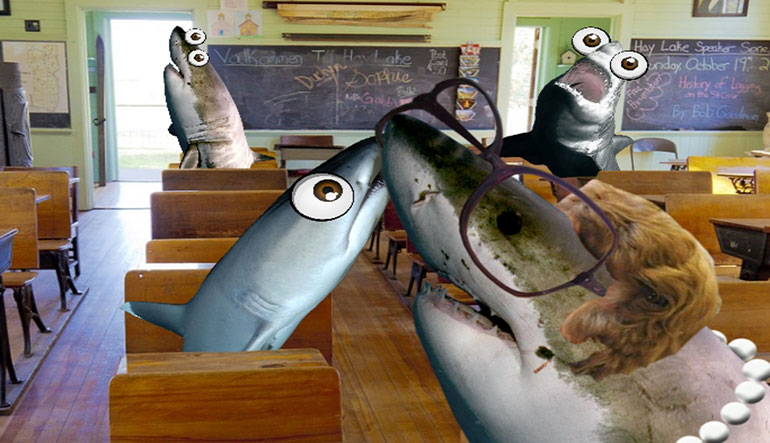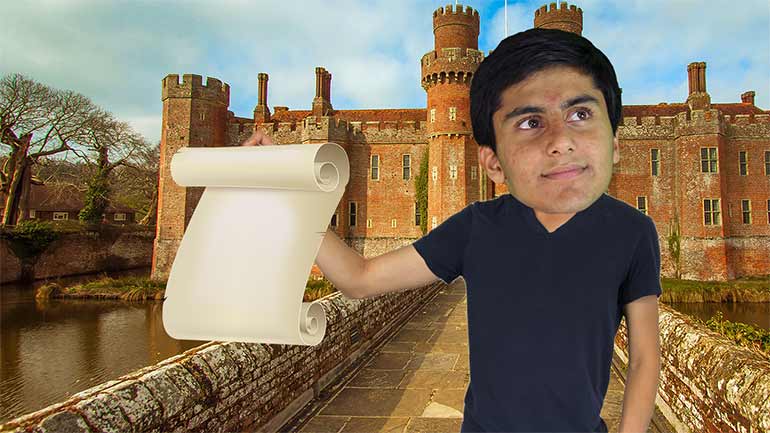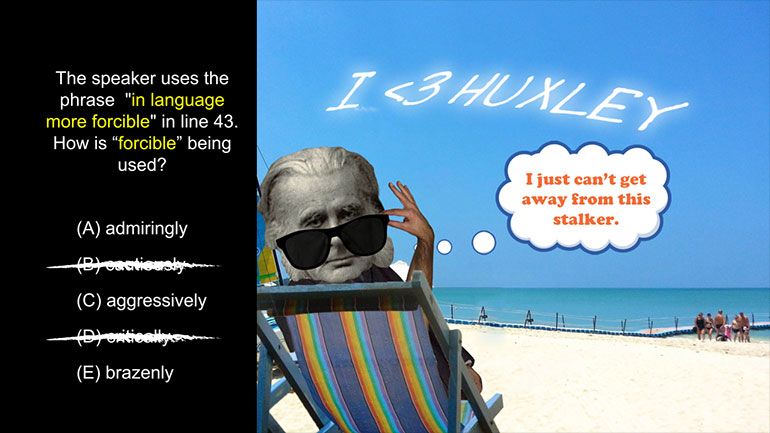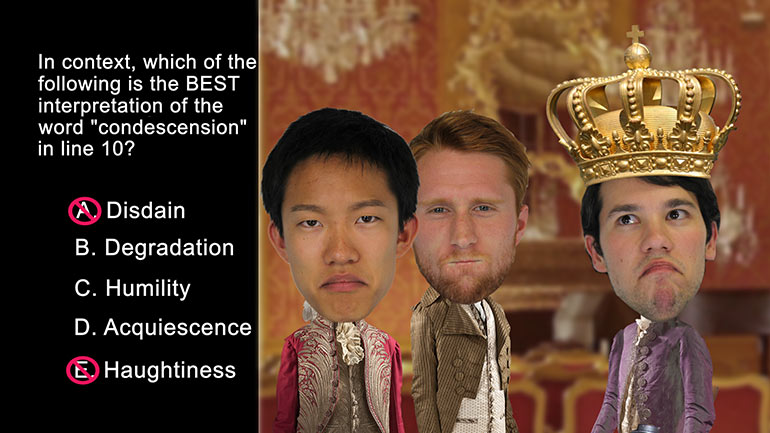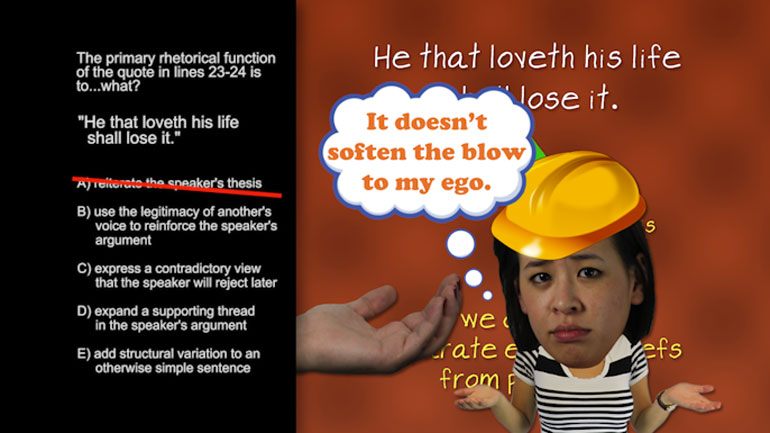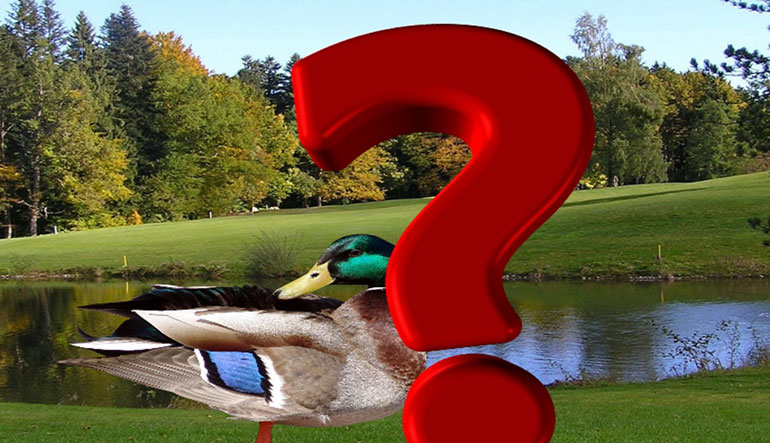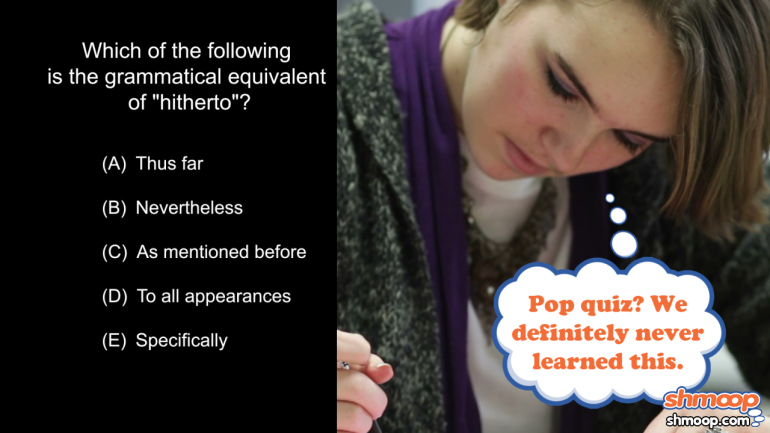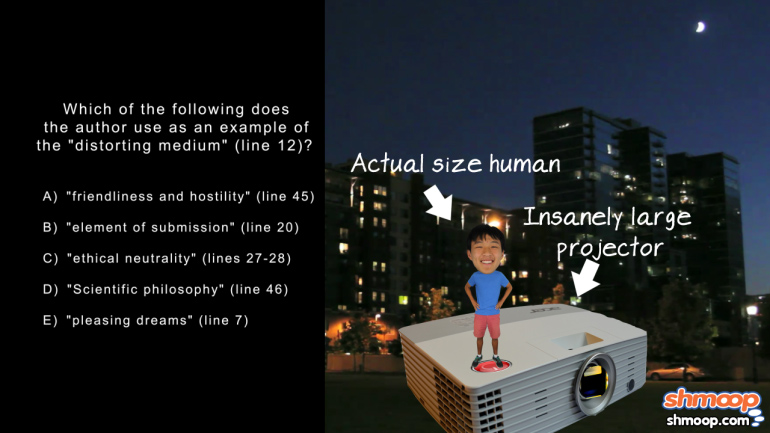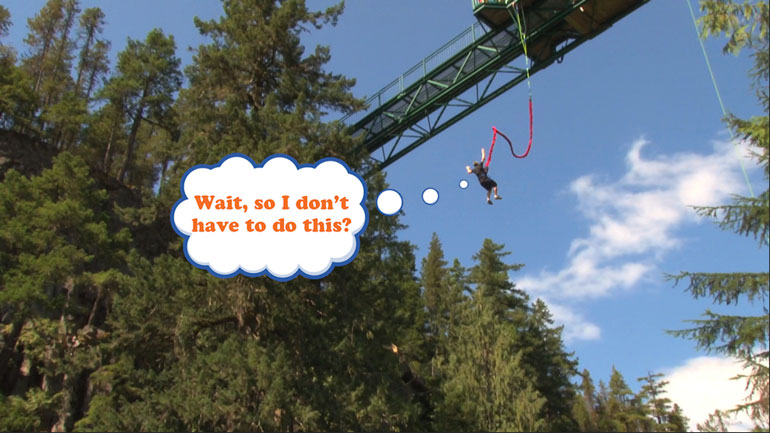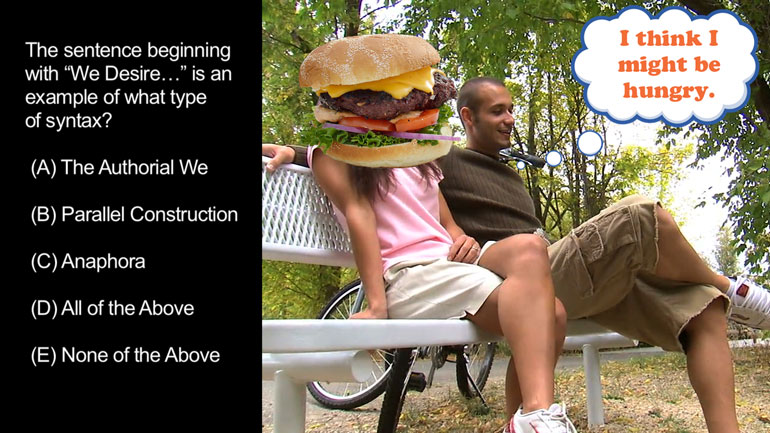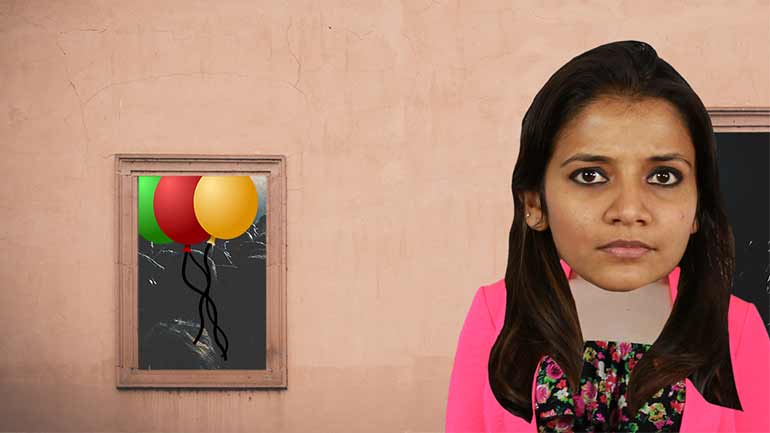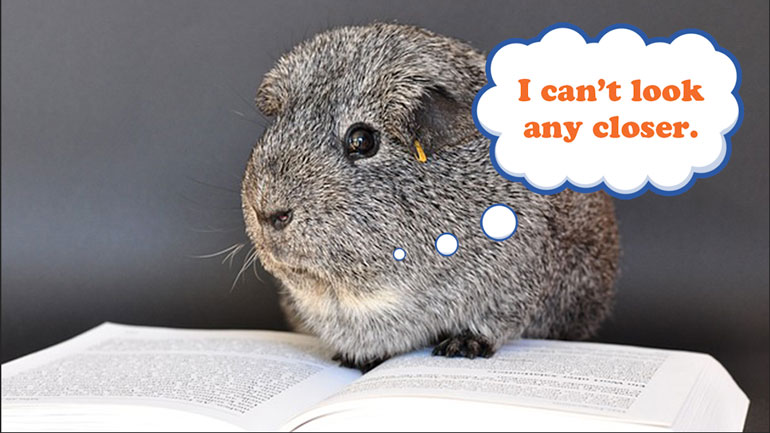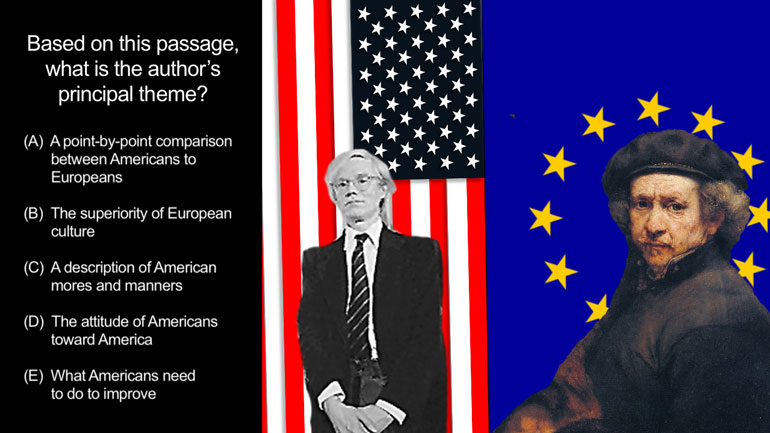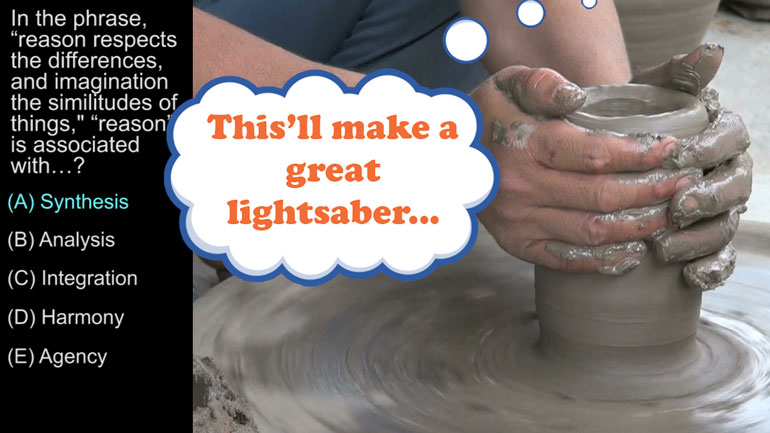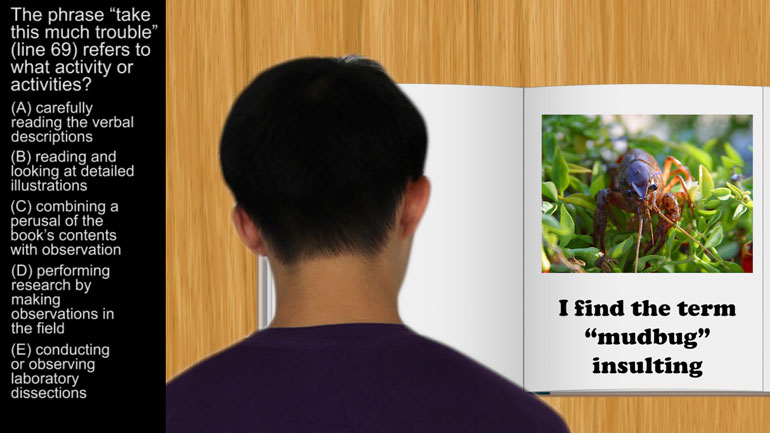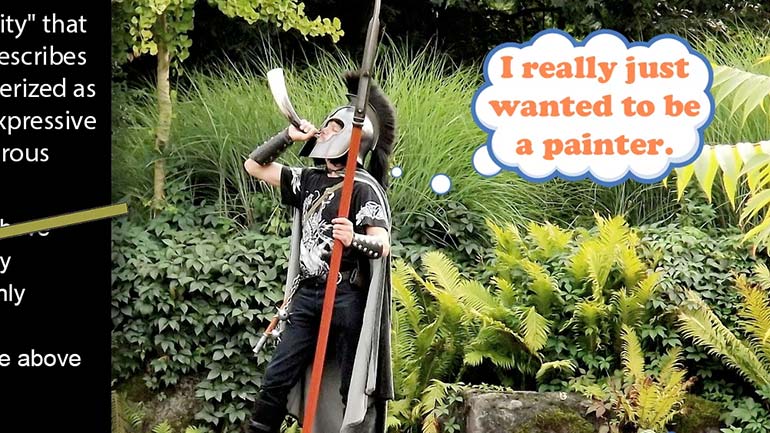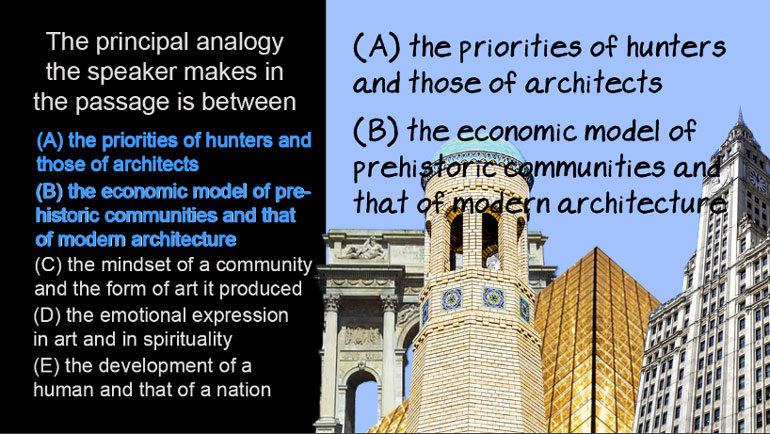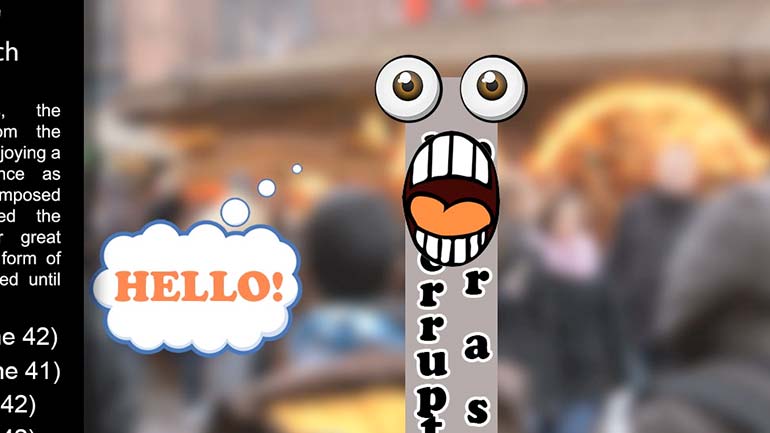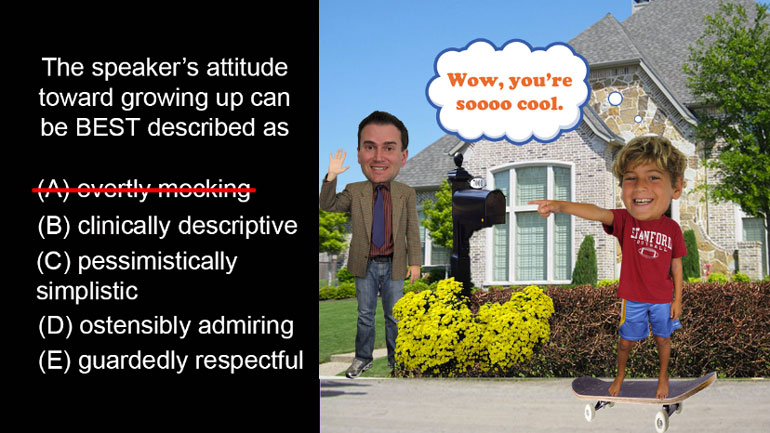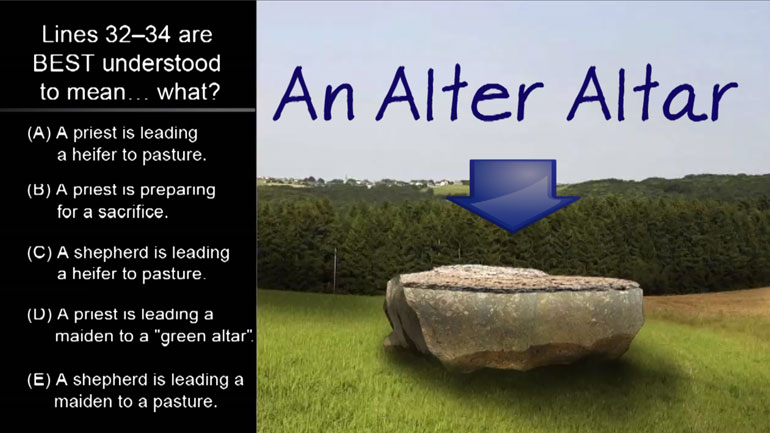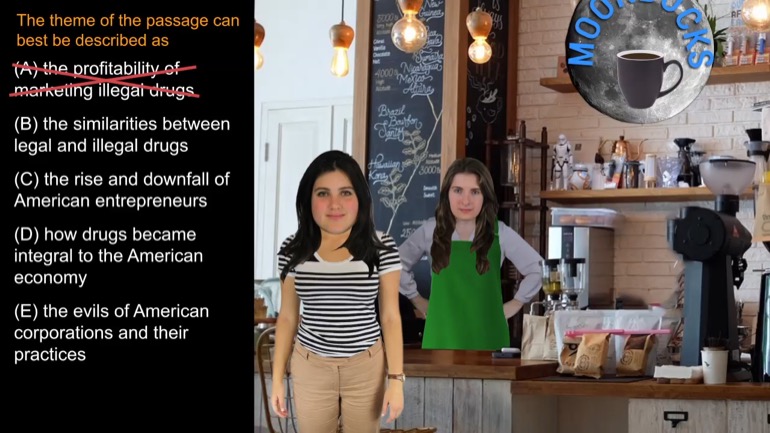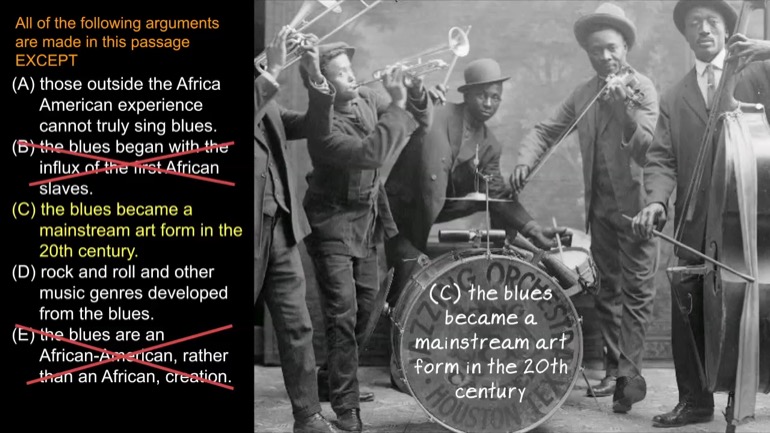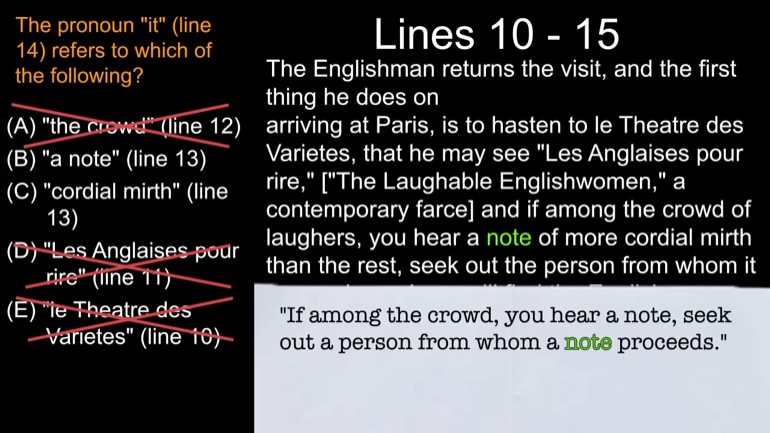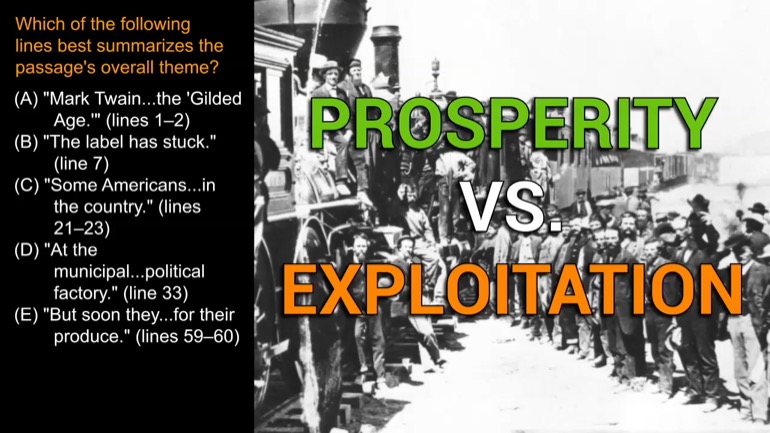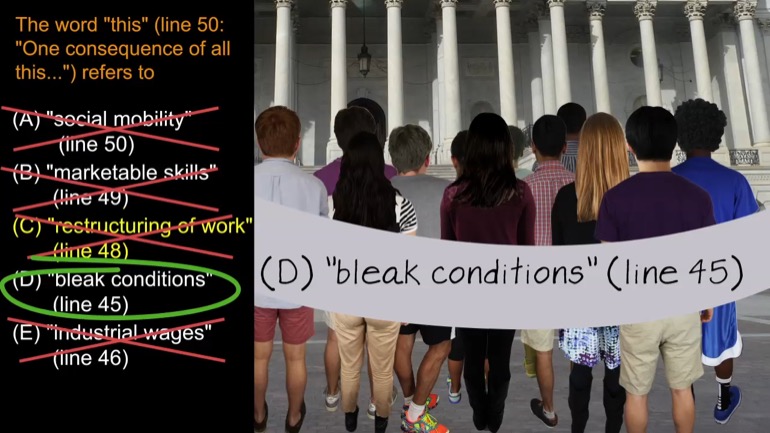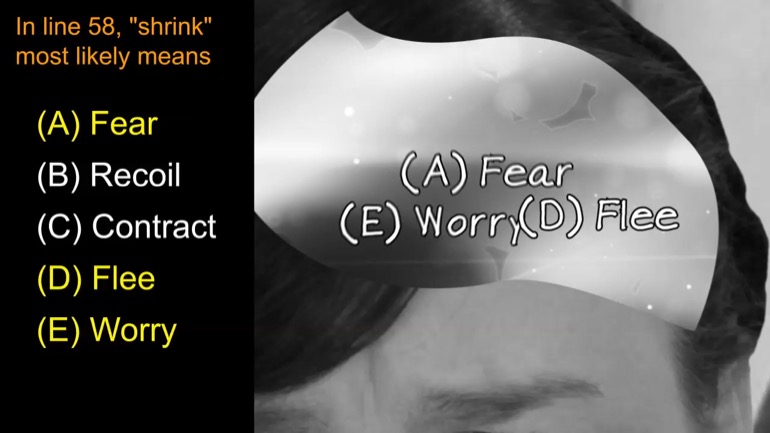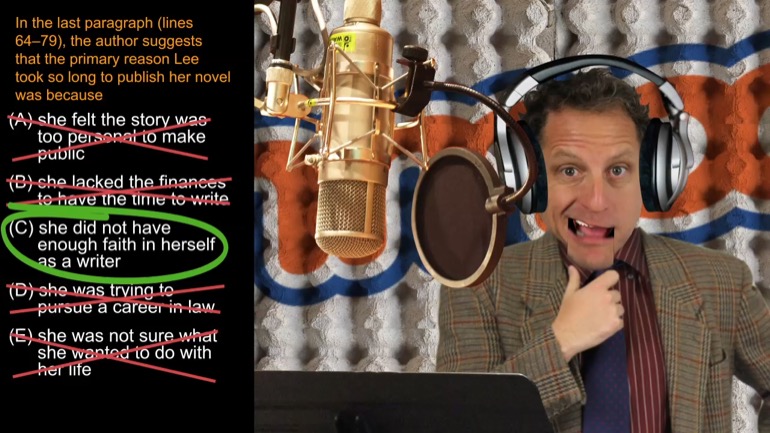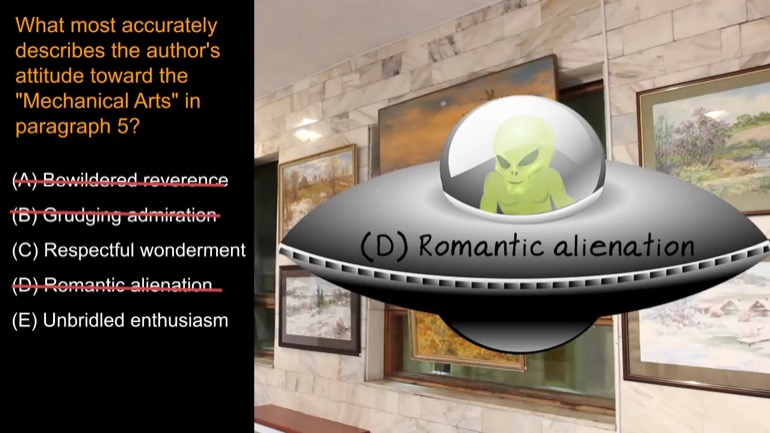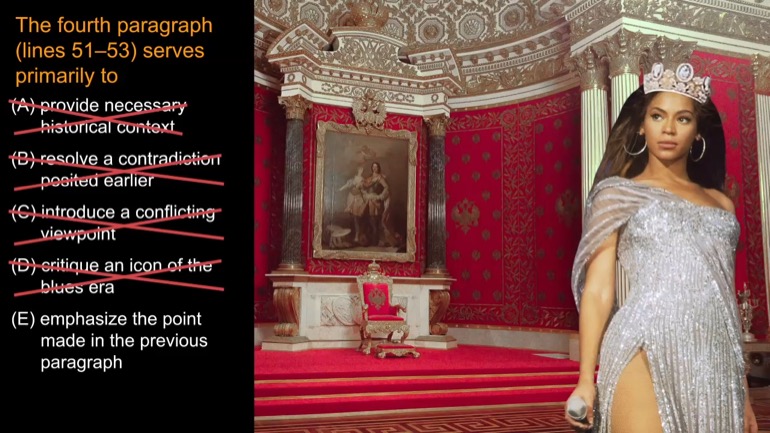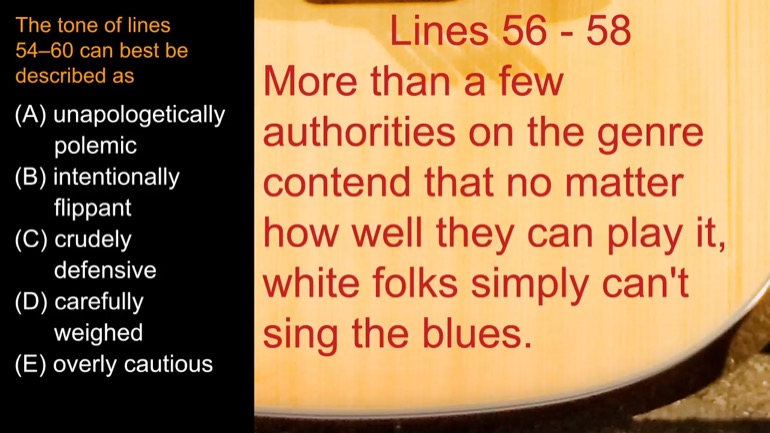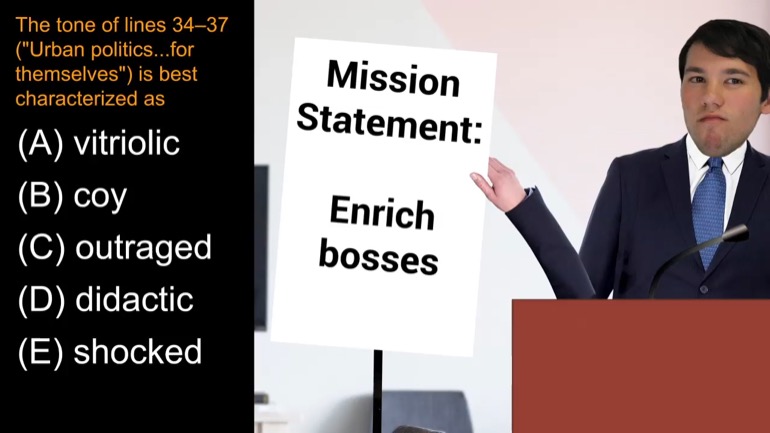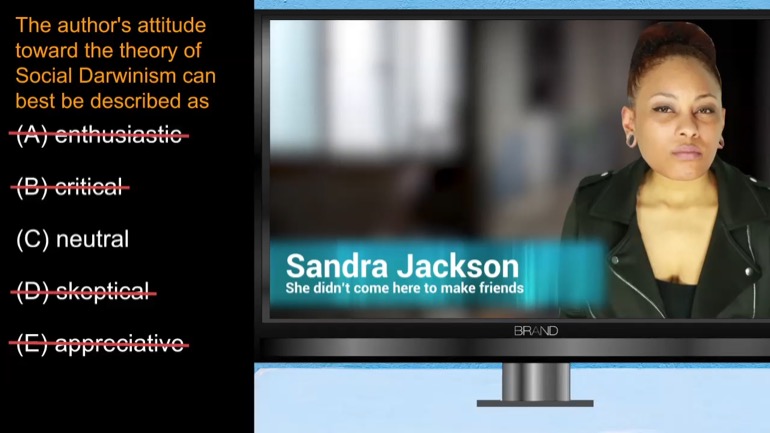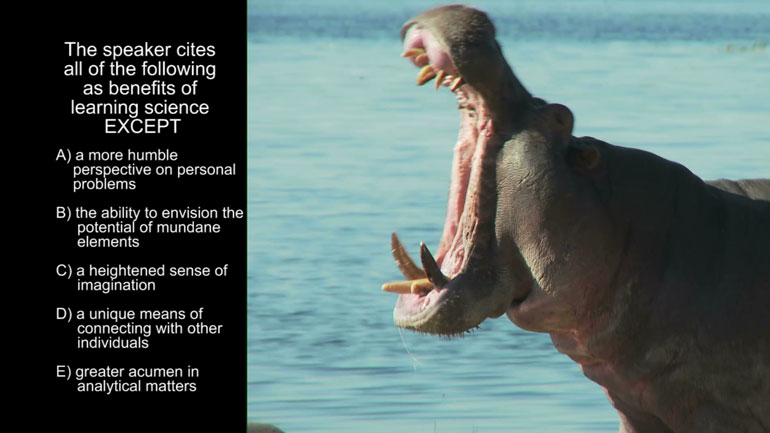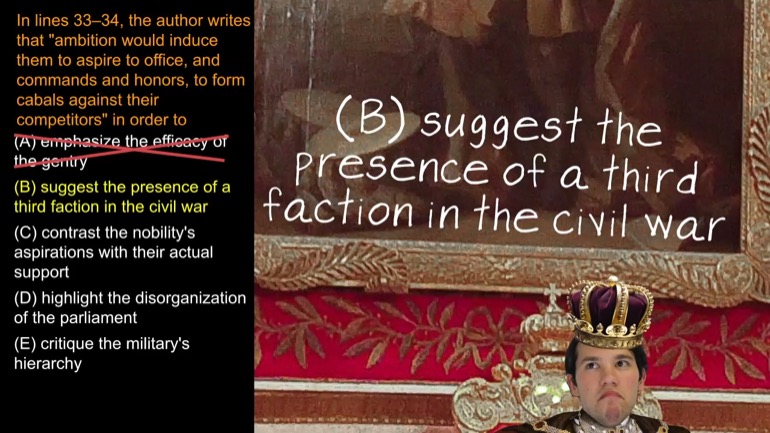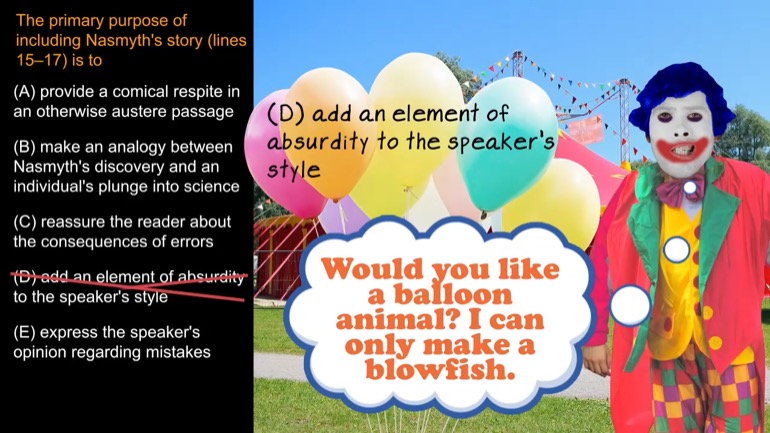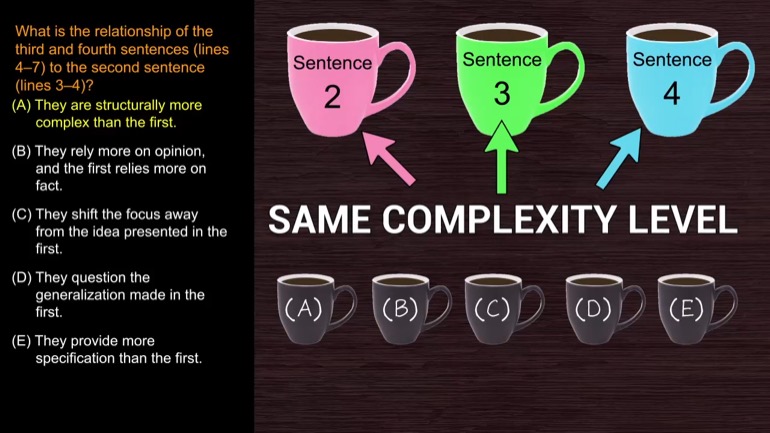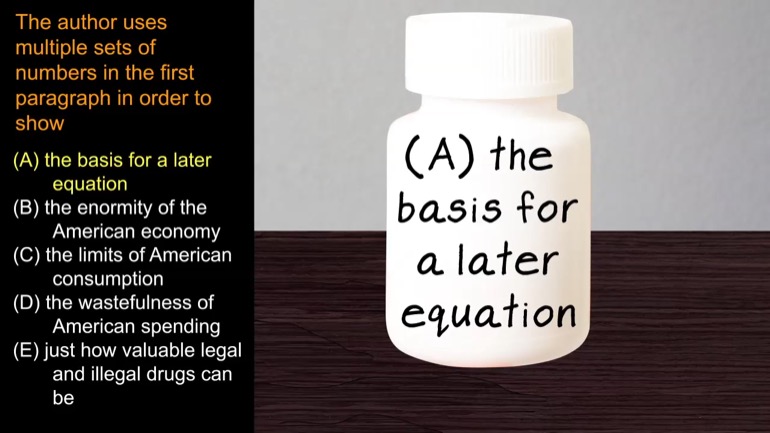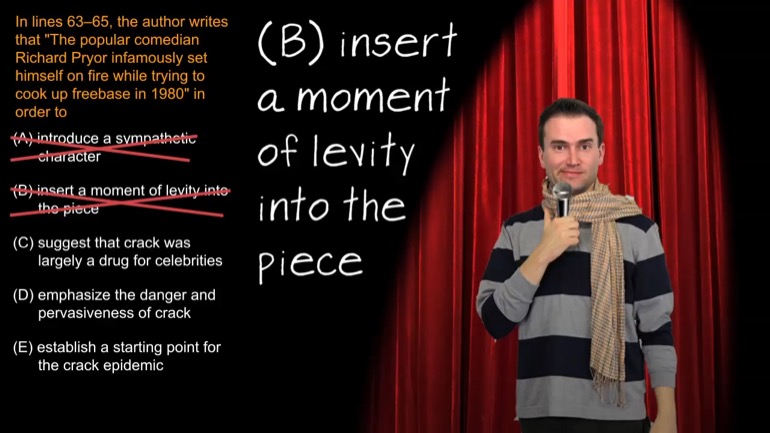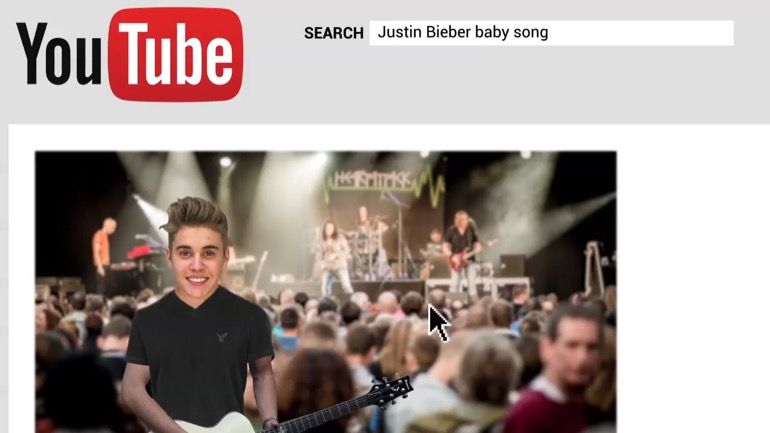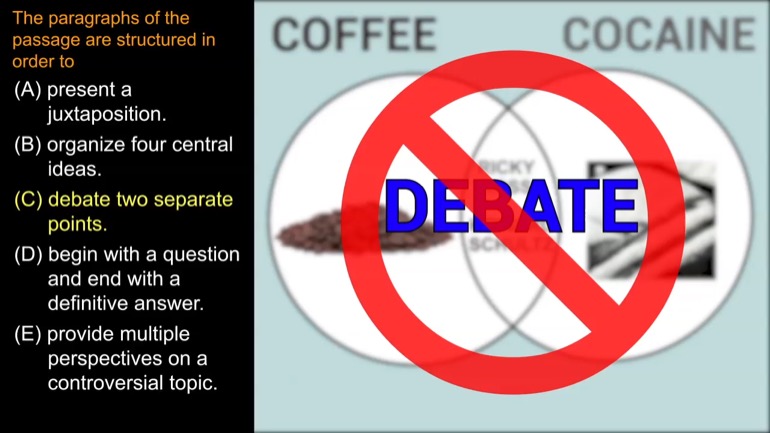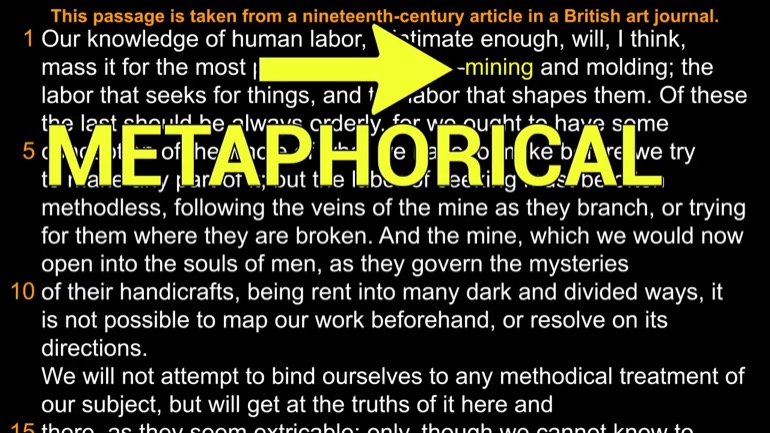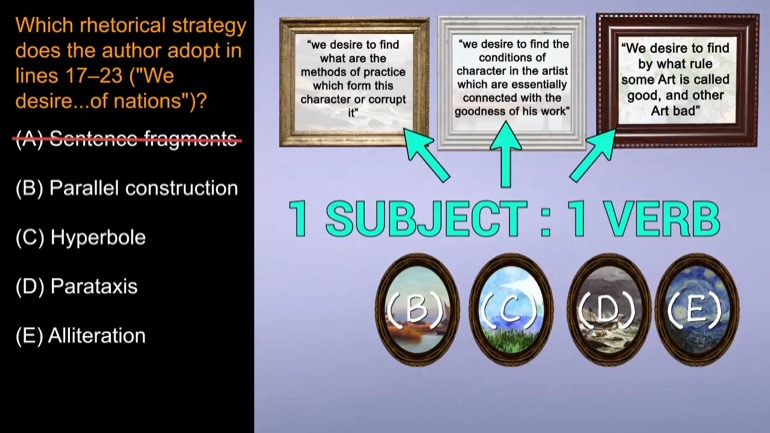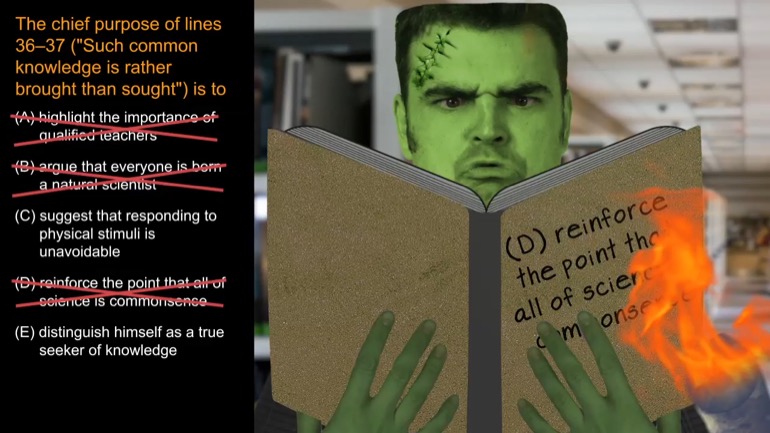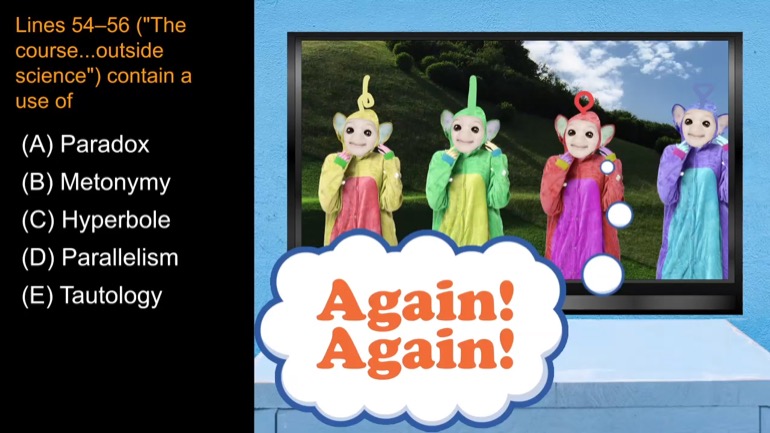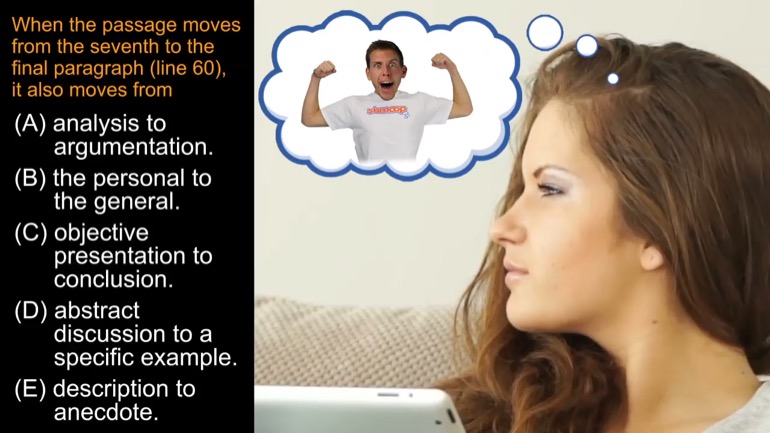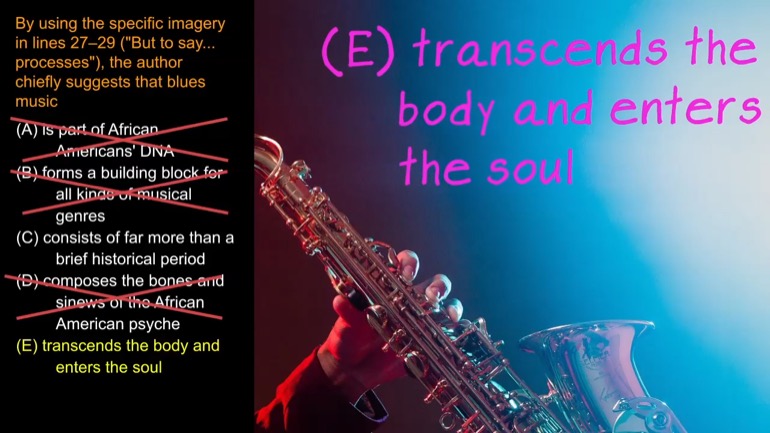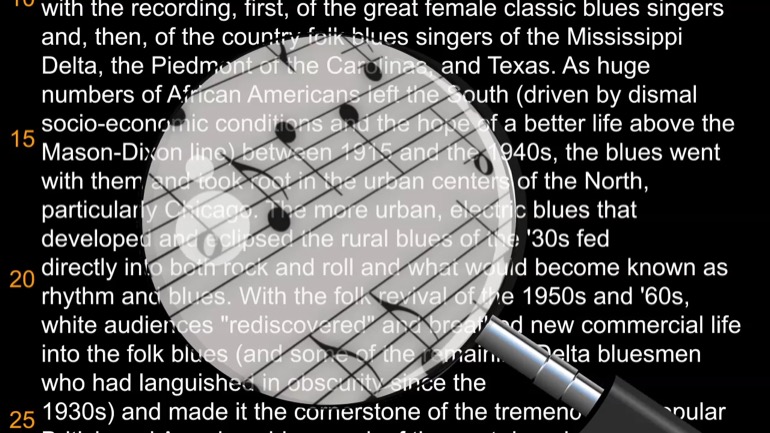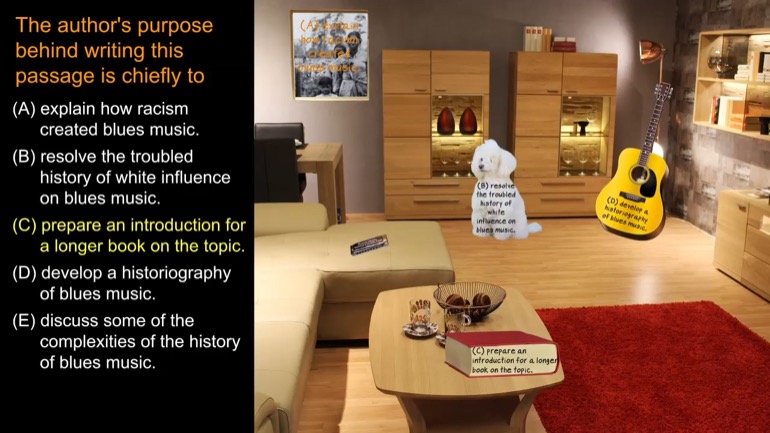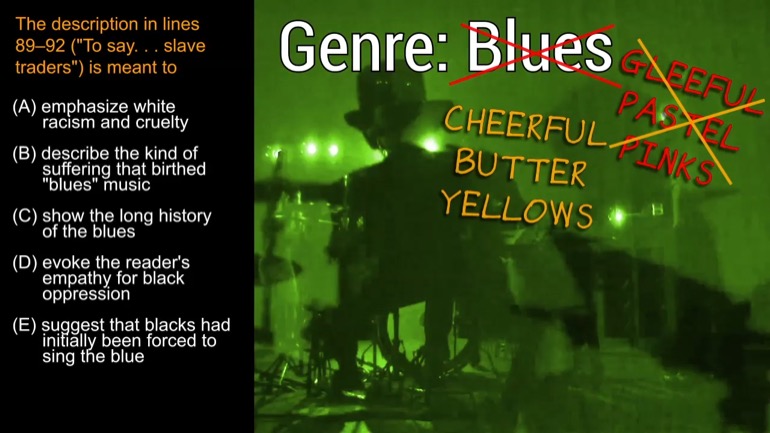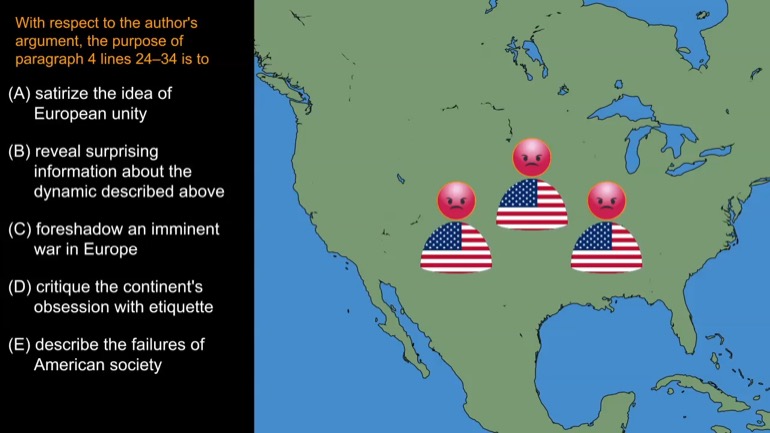ShmoopTube
Where Monty Python meets your 10th grade teacher.
Search Thousands of Shmoop Videos
AP English Language and Composition Videos 171 videos
AP English Language and Composition: Passage Drill Drill 1, Problem 2. What is the speaker's primary purpose in using onomatopoeia in line four?
AP English Literature and Composition 1.1 Passage Drill 7. The primary purpose of this passage is what?
Wishing upon a star may help you pass your AP English Language and Composition test, but answering this question would be a safer bet.
AP English Language and Composition 6.3 Passage Drill 228 Views
Share It!
Description:
AP English Language and Composition 6.3 Passage Drill. The author states that is main objective in this reading is to what?
Transcript
- 00:00
[ musical flourish ]
- 00:02
And here's your Shmoop du jour, brought to you by mysterious priests.
- 00:06
There's nothing like wearing a dark robe
- 00:08
to make you look shady.
- 00:10
All right. Februus, remember him?
Full Transcript
- 00:12
All right, yeah. Read it, read it. Come on, get through it.
- 00:15
What literary device is demonstrated in lines eight through ten?
- 00:19
And here are the potential answers.
- 00:21
Lot of five dollar words.
- 00:24
Okay, well, we've got another literary device question here.
- 00:28
It's asking us what method the author decided to use
- 00:30
in lines eight through ten in order to evoke
- 00:33
some mental or emotional reaction
- 00:35
from the reader.
- 00:36
Be careful, there may be a madness to his method.
- 00:39
All right, so let's look at lines eight through ten.
- 00:42
"What men or gods are these?
- 00:44
What maidens loth?
- 00:45
What mad pursuit?
- 00:47
What struggle to escape?
- 00:49
What pipes and timbrels? What wild ecstasy?"
- 00:52
Ooh.
- 00:52
Well, before we even begin to think about literary devices,
- 00:55
one thing should leap out at us immediately.
- 00:57
Like some creepy guy hiding in a bush.
- 00:59
Every sentence starts with the word "what."
- 01:02
What? Why?
- 01:04
Well, it just so happens that there's a name for
- 01:06
a rhetorical device where a word or group of words is used
- 01:09
to start a bunch of sentences in a row.
- 01:12
Anaphora. Which is option C.
- 01:14
And as long as we're familiar with the term, well, this question
- 01:17
is just a cinch.
- 01:18
But let's go ahead and see why we can rule out the other answer choices anyway.
- 01:22
There's no reference to famous people or historical events,
- 01:25
so there's definitely no allusion here.
- 01:27
An allegory is like a fable and it's tough to communicate
- 01:30
an entire fable or parable in just three lines
- 01:33
of poetry, so that's gone.
- 01:34
Yusaf tried and failed and he got horrendous grades
- 01:37
in his poetry class.
- 01:38
Nothing is being referred to by the name of something
- 01:41
associated with it, so metonymy is a no.
- 01:44
And nothing is being compared in a symbolic way, so E is out, as well.
- 01:48
So, yeah, C - anaphora is the best answer,
- 01:51
the best solution, the best choice, the best option.
- 01:55
We just did anaphora-ed you and you didn't even notice.
Related Videos
AP English Language and Composition: Passage Drill Drill 1, Problem 2. What is the speaker's primary purpose in using onomatopoeia in line four?
AP English Literature and Composition 1.1 Passage Drill 7. The primary purpose of this passage is what?
Wishing upon a star may help you pass your AP English Language and Composition test, but answering this question would be a safer bet.
Take a look at this shmoopy question and see if you can figure out which device the speaker employs the most.
Feel like shifting gears and answering a question about shifting tones? We've got you covered. Take a look at this question and see if you can foll...
